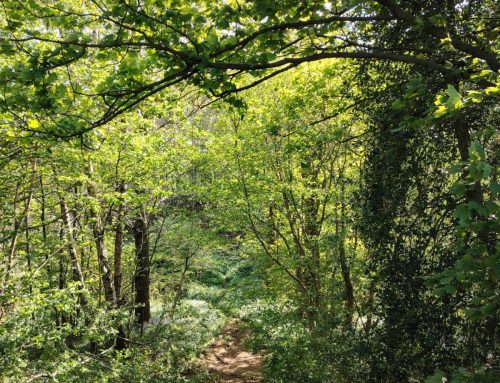The first professional African-American and Native-American sculptor, Edmonia Lewis earned critical praise for work that explored religious and classical themes.
Synopsis
Edmonia Lewis was born in 1844 in Greenbush, New York. Her first notable commercial success was a bust of Colonel Robert Gould Shaw. The money she earned selling copies of the bust allowed her to sail to Rome, Italy, where she mastered working in marble. She quickly achieved success as a sculptor. The circumstances of her death in 1907 are unclear.
Early Years
Hailed as the first professional African-American and Native-American sculptor, Mary Edmonia Lewis had little training, but overcame numerous obstacles to become a respected artist.
Elusive when it came to personal details, Lewis claimed different years of birth throughout out her life, but research seems to indicate she was born around 1844 in upstate New York. The daughter of a black father and part-Ojibwa mother, she was orphaned at an early age and, as she later claimed, was raised by some of her mother’s relatives.
With the support and encouragement of a successful older brother, Lewis attended Oberlin College in Ohio where she emerged as a talented artist. The abolitionist movement was active on the Oberlin campus and would greatly influence her later work. But life at Oberlin came to a violent end when Lewis was falsely accused of poisoning two white classmates. Captured and beaten by a white mob, Lewis recovered from the attack and then escaped to Boston, Massachusetts, after the charges against her were dropped.
In Boston, Lewis befriended abolitionist William Lloyd Garrison and sculptor Edward A. Brackett. It was Brackett who taught Lewis sculpture and helped propel her to set up her own studio. By the early 1860s, her clay and plaster medallions of Garrison, John Brown and other abolitionist leaders gave her a small measure of commercial success.
In 1864, Lewis created a bust of Colonel Robert Shaw, a Civil War hero who had died leading the all-black 54th Massachusetts Regiment. This was her most famous work to date and the money she earned from the sale of copies of the bust allowed her to move to Rome, home to a number of expatriate American artists, including several women.
Life in Rome
In Italy, Lewis continued to work as an artist. Her work over the next several decades moved between African-American themes to subjects influenced by her devout Catholicism.
One of her most prized works was “Forever Free” (1867), a sculpture depicting a black man and woman emerging from the bonds of slavery. Another piece, “The Arrow Maker” (1866), draws on her Native-American roots and shows a father teaching his young daughter how to make an arrow. Lewis also created busts of American presidents including Ulysses S. Grant and Abraham Lincoln.
One of her most famous works was a depiction of the Egyptian Queen Cleopatra, titled “The Death of Cleopatra.” Met with critical acclaim when she showed it at the Philadelphia Exposition in 1876 and in Chicago two years later, the two-ton sculpture never returned to Italy with its creator because Lewis couldn’t afford the shipping costs. It was placed in storage and rediscovered several decades after her death.
Final Years
Much like her childhood, Lewis’s final years are shrouded in mystery. Until the 1890s, she continued to exhibit her work and was even visited by Frederick Douglass in Rome, but little is known about the last decade or so of her life. It was speculated that Lewis spent her last years in Rome, Italy, but the recent discovery of death documents indicate that she died in London, England, in 1907.
In recent decades, however, Lewis’s life and art have received posthumous acclaim. Her pieces are now part of the permanent collections of the Howard University Gallery of Art and the Smithsonian American Art Museum.
Source: https://www.biography.com/artist/edmonia-lewis





